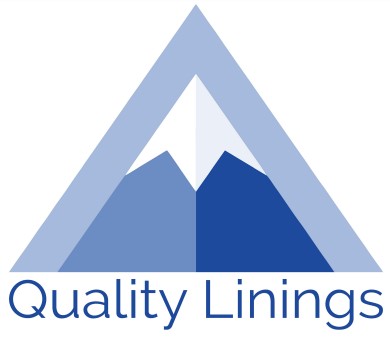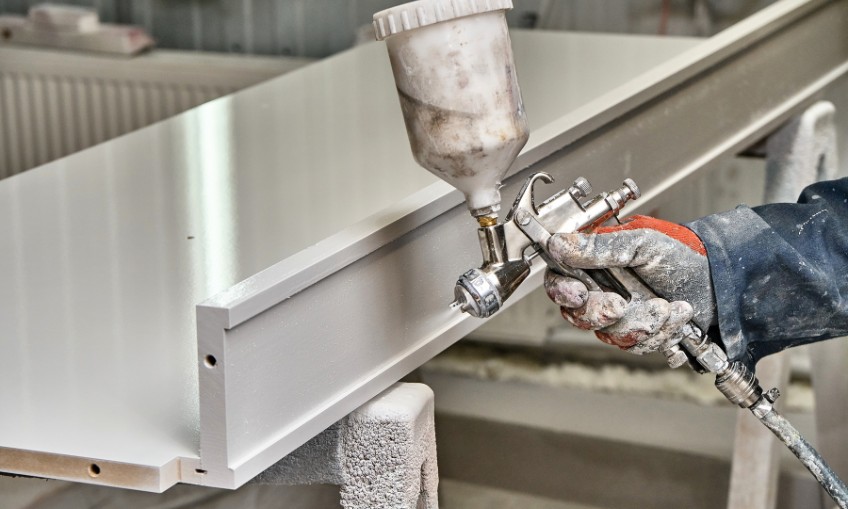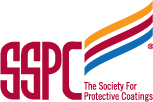A Complete Guide to Ensuring Powder Coating Safety in Your Workplace
In an industrial environment, safety should always be the priority. This is particularly true when it comes to powder coating, a popular method of applying durable and attractive finishes to metal surfaces. However, if not handled properly, powder coating can pose various risks to workers. That's why it's essential to have a complete understanding of powder coating safety in your workplace.
Quality Linings and Painting created this comprehensive guide, which will help you to ensure a safe working environment. We'll cover the important aspects of powder coating safety, dive into best practices for handling powder coatings, and discuss proper cleaning and maintenance procedures.
By following the guidelines outlined in this guide, you can significantly reduce the potential health and safety hazards associated with powder coating. So, let's dive in and discover how to ensure powder coating safety in your workplace.
What is Powder Coating?
Powder coating is a dry finishing process that involves the application of a powdered substance onto a surface. The powder is typically made of finely ground particles of resin, pigment, and other additives. It is electrostatically charged and then sprayed onto the metal surface. The charged particles adhere to the surface and are then heated and fused into a smooth, durable coating.
Powder coating offers numerous advantages over conventional liquid paint. It provides a more uniform finish, is highly resistant to chipping, fading, and corrosion, and is environmentally friendly as it produces minimal waste and contains no volatile organic compounds (VOCs).
Importance of powder coating safety
While powder coating offers many benefits, it also presents potential hazards that should not be overlooked. The powders used in the process can contain harmful substances such as resins, pigments, and additives, which may be hazardous when inhaled or come into contact with the skin.
Ensuring powder coating safety is crucial for protecting the health and well-being of your employees. By implementing proper safety measures, you can minimize the risks associated with powder coating and create a safe working environment.
Potential hazards in powder coating
Before diving into the specifics of powder coating safety, it's important to understand the potential hazards involved. Here are some common hazards associated with powder coating:
- Inhalation of hazardous particles: The powder particles used in the coating process can become airborne and be inhaled by workers. These particles may contain harmful substances that can cause respiratory problems or other health issues if not properly controlled.
- Skin contact with hazardous powders: Direct contact with powder coatings can irritate the skin and cause allergic reactions. Some powders may contain toxic or carcinogenic substances that can be absorbed through the skin.
- Fire and explosion risks: Powder coatings are combustible and can ignite under certain conditions. Improper handling, storage, or equipment maintenance can increase the risk of fire or explosion in the workplace.
Personal protective equipment (PPE) for powder coating
Personal protective equipment (PPE) plays a crucial role in safeguarding workers from potential hazards during the powder coating process. Here are some essential PPE items that should be worn by employees:
- Respiratory protection: Due to the risk of inhaling hazardous particles, respiratory protection is essential. Depending on the level of exposure, employees may need to wear respirators with appropriate filters.
- Protective clothing: Workers should wear protective clothing, such as coveralls or smocks, to prevent direct contact with the skin. These garments should be made of non-permeable materials to minimize the risk of absorption.
- Gloves and hand protection: Gloves made from materials resistant to chemical exposure should be worn to protect the hands from direct contact with the powder coatings. The type of gloves required will depend on the specific chemicals used in the powder coatings.
Proper ventilation and air quality control in powder coating facilities
Proper ventilation is one of many common industrial coating problems and is an important part of powder coating safety. It helps control the dispersion of airborne particles, minimizes the risk of inhalation, and reduces the accumulation of flammable gasses. Here are some key considerations for ensuring proper ventilation:
- Local exhaust ventilation (LEV): LEV systems capture and remove airborne contaminants at the source, such as powder coating booths or spray guns. These systems should be properly designed, regularly inspected, and maintained to ensure their effectiveness.
- General ventilation: In addition to LEV, general ventilation systems should be in place to provide a continuous flow of fresh air throughout the facility. This helps dilute any airborne contaminants and maintain a safe working environment.
- Air quality monitoring: Regular air quality monitoring should be conducted to ensure that exposure levels are within acceptable limits. Monitoring can be done through air sampling and analysis, with results used to adjust ventilation systems if necessary.
Safe handling and storage of powder coating materials
Proper handling and storage of powder coating materials are crucial for maintaining a safe workplace. Here are some guidelines to follow:
- Handling precautions: Workers should be trained on the proper handling techniques for powder coatings. This includes minimizing dust generation, avoiding direct contact with the skin, and using appropriate tools for transferring and mixing powders.
- Storage considerations: Powder coatings should be stored in a well-ventilated area away from ignition sources. They should be kept in their original containers, properly labeled, and stored at the recommended temperature and humidity levels.
- Spill and waste management: In the event of a spill, proper procedures should be followed to clean it up safely. Waste materials, such as empty containers or unused powders, should be disposed of in accordance with applicable regulations.
Fire prevention and emergency preparedness in powder coating workplaces
Fire prevention is crucial due to the combustible nature of the materials involved. Here are some key measures to consider for fire prevention and emergency preparedness:
- Fire detection and suppression systems: Install fire detection systems, such as smoke detectors or heat sensors, throughout the facility. Automatic fire suppression systems, such as sprinklers, should also be in place to quickly extinguish any fires that may occur.
- Good housekeeping: Maintaining a clean and organized workplace helps prevent the accumulation of flammable materials and reduces the risk of fire. Regularly remove excess powder coatings and other combustible materials from the work area.
- Emergency response plan: Develop an emergency response plan that outlines procedures to follow in the event of a fire or other emergencies. Ensure all employees are trained on the plan and conduct regular drills to practice emergency response procedures.
Employee training and safety protocols for powder coating
There are many industries that need powder coating, and no matter what industry you are in, your employees should receive comprehensive training on the hazards associated with powder coating, as well as the safety protocols and procedures in place. Here are some key training considerations:
- Hazard awareness: Employees should be educated about the potential hazards of powder coatings, including the risks of inhalation, skin contact, and fire hazards. They should understand the importance of using PPE and following safety protocols.
- Safe work practices: Train employees on safe work practices specific to powder coating, such as proper handling techniques, correct use of PPE, and adherence to ventilation and storage guidelines. Emphasize the importance of following established safety protocols at all times.
- Emergency procedures: Ensure employees are familiar with emergency procedures, including evacuation routes, assembly points, and communication methods during emergencies. Conduct regular drills to reinforce these procedures and identify any areas for improvement.
Regular maintenance and inspections for powder coating equipment
Regular maintenance and inspections of powder coating equipment are vital to ensure its safe and efficient operation. Here are some maintenance and inspection practices to follow:
- Equipment inspections: Regularly inspect all powder coating equipment, including booths, guns, and ventilation systems. Check for any signs of damage, wear, or malfunction that could compromise safety. Address any issues promptly to prevent accidents or equipment failure.
- Cleaning and maintenance schedules: Develop and follow a regular cleaning and maintenance schedule for all equipment. This includes cleaning powder booths, replacing filters, and performing routine maintenance tasks according to manufacturer recommendations.
- Equipment upgrades and improvements: Stay up to date with industry advancements and safety standards. Consider upgrading equipment or implementing improvements that enhance safety and efficiency in your powder coating operation.
Creating a safe and productive powder coating environment
As we've explored in this comprehensive guide, ensuring powder coating safety in your workplace is essential for protecting the health and well-being of your employees. By implementing proper safety measures, such as using appropriate personal protective equipment, maintaining proper ventilation, and following safe handling and storage practices, you can significantly reduce the potential hazards associated with powder coating.
If you have questions for the Quality Linings and Painting team, then get in touch with us or call (303) 307 1302.
Thanks for reading!





